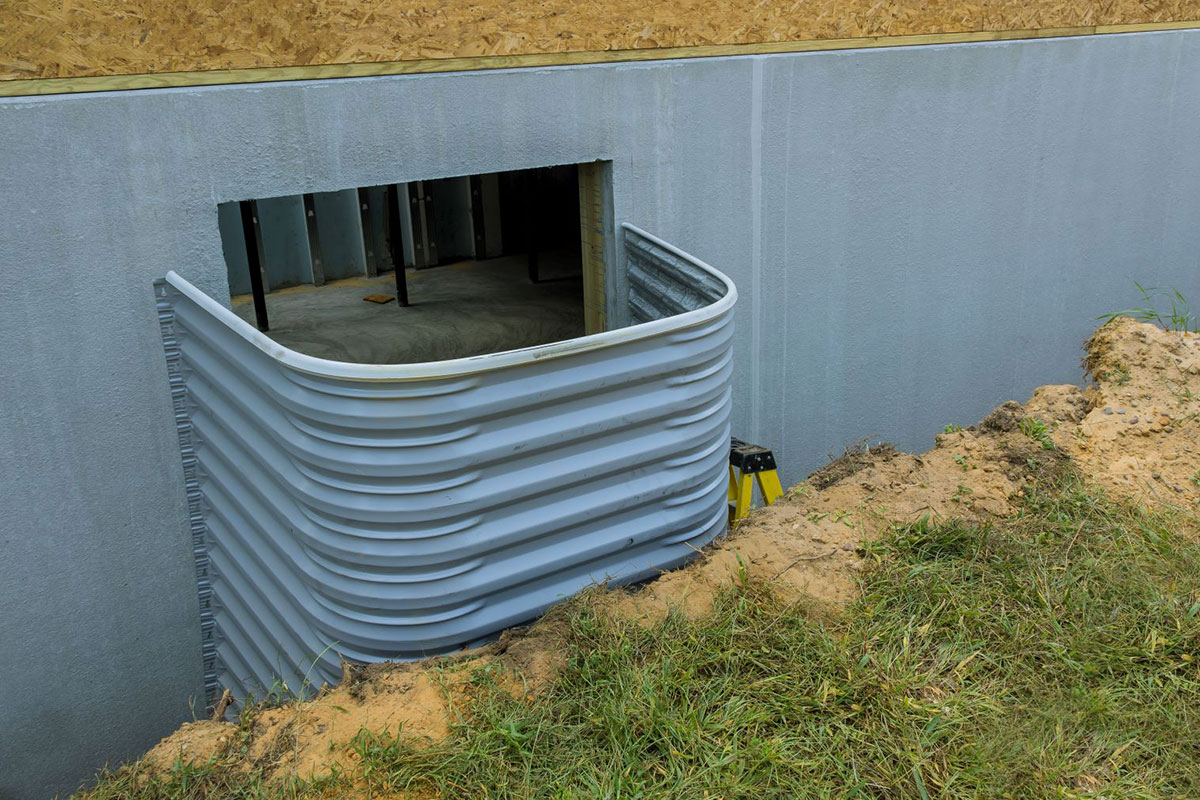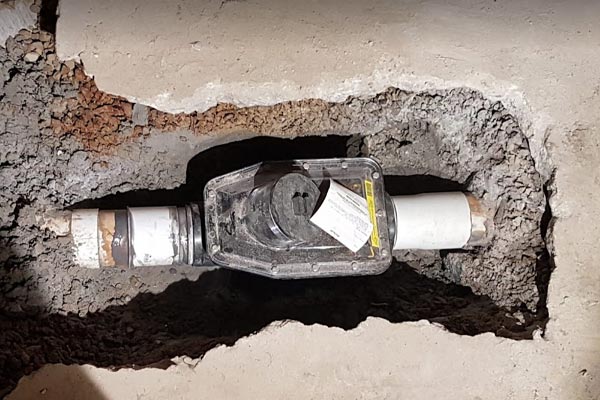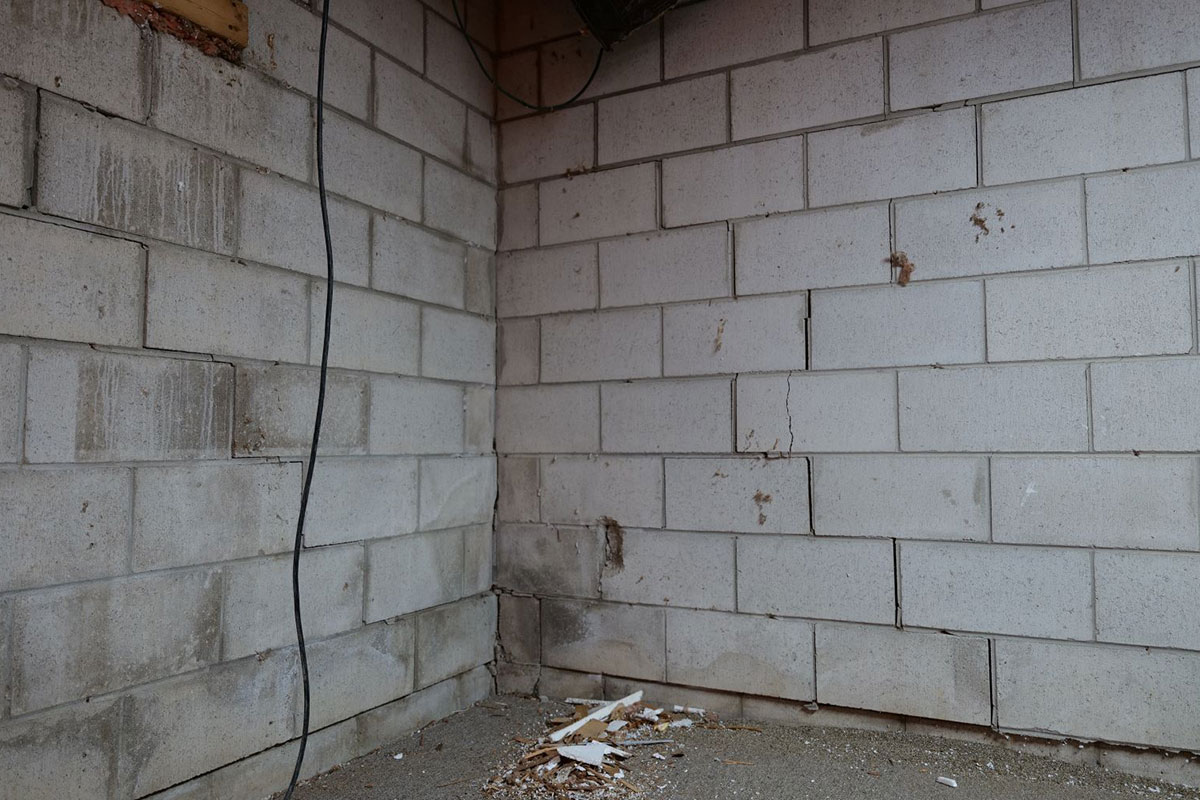Sump pumps play a crucial role in protecting your basement from potential flooding, but let’s face it—keeping up with their maintenance can be a chore. From periodic cleaning to testing the float switch, sump pump maintenance demands time and effort. What if there were a way to avoid the hassle of manual maintenance and still ensure your sump pump’s longevity? In this blog post, we’ll explore the concept of extending your sump pump’s lifespan without getting your hands dirty. Yes, it’s possible!
Landlords: Your Basement Dwelling Units Need Window Wells
As a landlord, ensuring the safety and compliance of your rental properties is incredibly important. If you own or manage basement dwelling units, one crucial aspect you shouldn’t overlook is the installation of window wells. Not only are window wells often a legal requirement, but they also play a significant role in the safety and habitability of basement living spaces. In this blog post, we’ll explore the importance of window wells for basement dwelling units, particularly in Ontario and its laws, and discuss the process of installing them.
Basement Waterproofing: The Cost of Being Reactive Instead of Proactive
Your basement is more than just the foundation of your home; it’s a crucial part of your property’s structure and overall well-being. When it comes to safeguarding their basement, most homeowners only invest in a solution after a disaster has struck, resulting in spending thousands of dollars that may not have been necessary to spend had they taken proactive measures to protect their home.
How to Inspect Your Backwater Valve
A backwater valve plays a crucial role in protecting your home from the worst flooding damage you could imagine: sewage. This unsung hero in your plumbing system helps prevent sewer backup, safeguarding your property and valuables. In this guide, we’ll explore what a backwater valve is and how to inspect it to ensure it’s working properly.
Cracked Foundation: When Should I Be Worried?
Your home’s foundation is its structural backbone, providing stability and support. So, when you notice cracks in your foundation, it’s only natural to be concerned. But not all foundation cracks are created equal, and understanding when to be worried and when to take action is crucial. In this blog post, we’ll explore the different types of foundation cracks, discuss the signs of concern, and explain the importance of a professional for foundation crack repair in Windsor.





